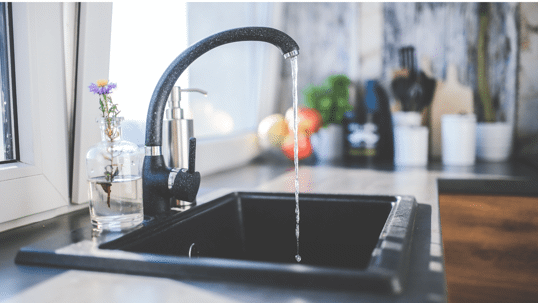Water is an essential resource in our lives. Saving water is crucial, not just for environmental reasons, but also for economic reasons. Recent studies show that population growth and the consequent demand for water could lead to a global water crisis shortly. However, implementing water-saving efforts is not only essential but also a challenge. One approach in which you can significantly save water is by using water-efficient faucets. In this blog post, we dive into the topic of water-efficient faucets, their benefits, and how they can help you become cost and water-efficient.
What is a water-efficient faucet?
A water-efficient faucet is a modern plumbing fixture that regulates the water flow rate to a minimum yet still providing the user with sufficient water pressure for their needs. The primary purpose of installing water-efficient faucets is to help conserve water by minimizing waste without sacrificing the water pressure.
How do water-efficient faucets work?
Water-efficient faucets operate by slowing down the water flow whilst generating sufficient pressure to perform the task. Over time, the technology in these fixtures has progressed, and manufacturers have introduced advanced versions of water-saving faucets that use aerators, which mix air with water to maintain the pressure and regulate the water flow through the tap.
What are the benefits of water-efficient faucets?
Installing water-efficient faucets has several advantages. Firstly, they help save money on water bills. After all, with less water usage, you will have a lower bill. It reduces water wastage because less water is required to do tasks such as washing hands, brushing teeth, etc. Installing water-efficient fixtures also puts less strain on your home’s water system,taps, and pipes, therefore increasing their lifespan. Finally, it lowers your carbon footprints, and you are supporting the water conservation initiative.
How much water can water-efficient faucets save?
The average water-efficient faucet uses less than 2 gallons of water per minute, which is significantly lower than standard faucets, which can use up to 3.5 gallons per minute. This means that, by switching to an efficient faucet, you can save about 1.5 gallons of water per minute spent on tasks such as brushing your teeth regularly. This can amount to up to 700 gallons of water saved annually.
How do you choose the right water-efficient faucet?
When picking a water-efficient faucet, it is crucial to consider the GPM (gallons per minute) rate which determines the amount of water flowing in the fixture. The lower the GPM rate, the more water-efficient the faucet is. Also, it is best to choose one with an aerator to maintain the water pressure while using minimum water flow. Furthermore, you should also consider the budget, design, and finish that goes with your home décor.
Conclusion
By switching to water-efficient faucets, you can save a lot of water and money in the long run. Not only that, but you are also contributing to the world's water conservation efforts, which makes a significant impact on the environment. It is essential to make the effort to live a sustainable life, and water-efficient faucets are one way to achieve this.
If you are looking to upgrade your home’s plumbing system with water-efficient faucets, contact Mike's Plumbing of SWFL. With their expertise and knowledge, they can help you achieve greater water savings than standard faucets and make sure that the fixtures are installed correctly.

